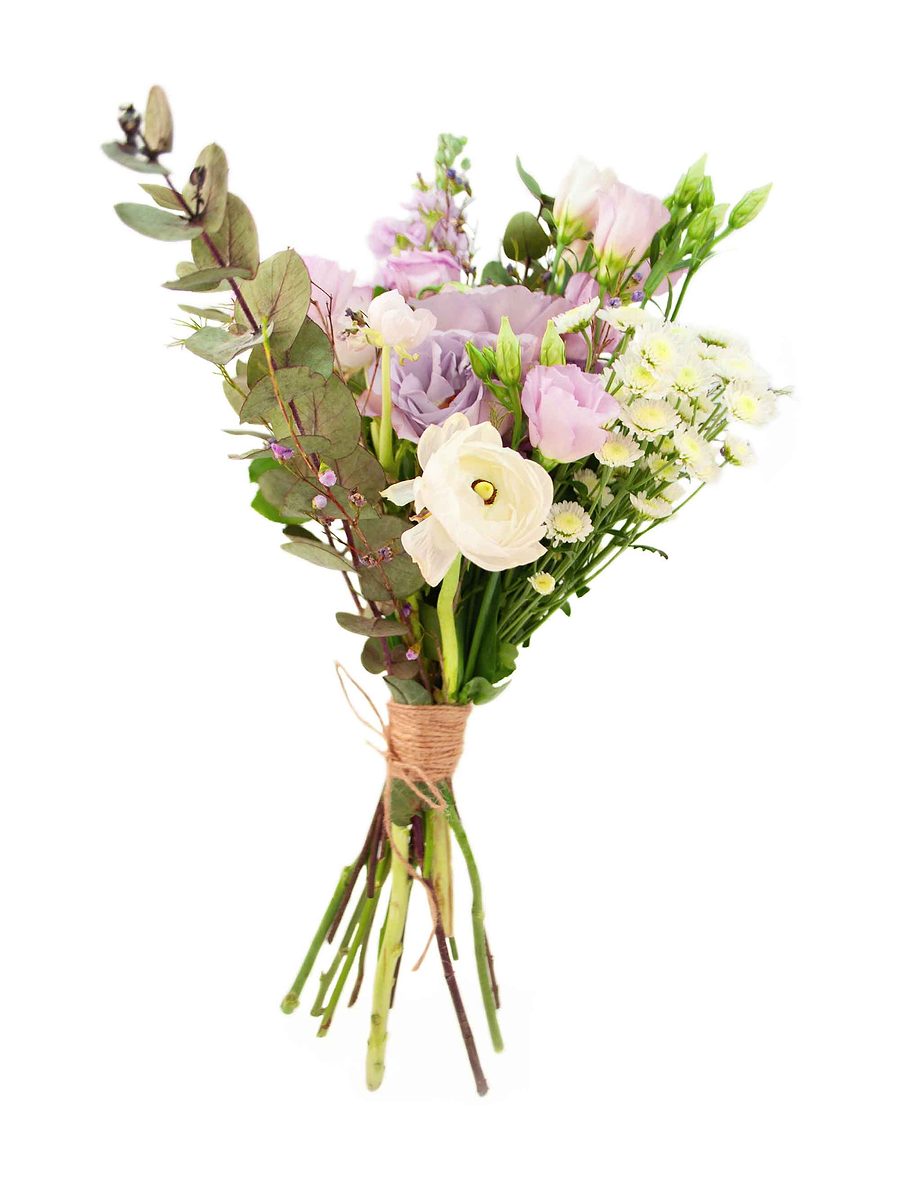Imagine you lived in Victorian era Concord and you heard a knock on the door. Grasping the door’s handle, you open it and see a hopeful suitor standing on the granite doorstep, handing you a small bouquet with a red rose in the center and tied with a piece of lace. If you reached out with your right hand, took the bouquet, and pressed it to your heart, it meant you were saying “Yes, I accept your affections!” If you took the nosegay and held it upside down by your side it meant, “I’ll keep the flowers, but it’s a hard ‘no’ from me and you can move along.” And if you took the nosegay, admired it, and both the flower and you instantly started shriveling and disintegrating into dust, it meant you were likely a character in a Nathaniel Hawthorne story.
Coming on the heels of the Georgian era (1714-1837), when Jane Austen’s characters took hundreds of turns around the room, long brooding walks in miserable weather, and spent over 300 pages staring out the window before they got around to sharing their hearts’ desires, people in the Victorian age found a way to cut to the chase and express themselves in ways that societal norms prohibited them from saying aloud. They did this by using floriography, the ancient language of flowers in which meanings were assigned to each flower and plant, their colors, and state of bloom.
Dating back to 14th century China, flower symbolism bloomed through the centuries, spreading through the world and taking root in different cultures. In his poem “The Language of Flowers”, Victorian poet James Percival wrote, “In Eastern lands they talk in flow’rs, And they tell in a garland their loves and cares; Each blossom that blooms in their garden bowr’s, On its leaves a mystic language bears…. Tell the wish of thy heart in flowers.”
Victorians could send their heartfelt, coded messages in “Tussie Mussies”, small, fragrant nosegays of carefully chosen flowers and herbs, tied with lace, ribbon, or wrapped in doilies. As described in Tussie-Mussies: The Language of Flowers (Laufer, 2000), the name likely originated from the Middle English words “tuse” (a knot of flowers), and “mose” (damp moss that was wrapped around cut flower stems to keep them fresh). The tussie-mussie could speak for itself, although the sender might also tie a letter or a poem to it.
Upon receiving your tussie-mussie, you might retreat— forthwith— to your bookshelf to consult a floriography dictionary and interpret the flowers’ message. By the late 1800s, nearly one hundred different floriography dictionaries had been published and, after the Bible, it was the second most common book found in middle and upper-class households in England and America. Some floriography dictionaries contained basic sketches and descriptions of flowers and their meaning; others, such as Kate Greenaway’s 1884 The Language of Flowers, were elaborately illustrated and complemented by floral-related poetry from notables such as Shakespeare, Plato, and other Greek and Indian philosophers. But, in the moment, the only words that really mattered were the ones hidden in the flowers in your hand! Yet, there was one potential problem… floriography dictionaries and flower meanings varied based on who wrote the particular dictionary, and if the tussie-mussie giver and recipient had different dictionaries, the wrong message might be conveyed. For example, in one floriography dictionary a yellow rose might mean “friendship”, in another, “jealousy.”
 ©Jaimee Joroff
©Jaimee JoroffTussie-Mussies In Concord
Like many living in the 1800s, Concord residents Louisa May Alcott, Henry David Thoreau, and Nathaniel Hawthorne used the language of flowers in their lives on and off the page.
As a child living at the Hillside house (now called Wayside) on Lexington Road, Louisa admired her father’s older friend Ralph Waldo Emerson and left wild-flower bouquets on the doorstep of his home. Years later, in May of 1860 when the Alcotts lived at Orchard House, Louisa’s older sister Anna was married. Anna’s hair was adorned with lilies of the valley symbolizing “return of happiness”. Louisa used this detail in her 1868 novel Little Women. And later, in Jo’s Boys (the third book in the Little Women trilogy), Louisa illustrated the use of flower language when Meg’s son Demi proposes to his love, Alice. Demi has not actually discussed marriage with Alice (Heaven forbid!), nor does he directly ask her. Instead, with help from his sister, Josie, he turns to flowers to present his proposal. Josie advises Demi that she has “‘read… about a man who offers three roses to his lady—a bud, a half-blown, and a full-blown rose… pick the sweetest rose you can find, and I’ll tie them up and put them in her room.’ Josie tied a graceful bow of ribbon about the stems… while Demi wrote upon a card: DEAR ALICE, You know what the flowers mean. Will you wear one, or all tonight, and make me still prouder, fonder, and happier than I am?” Alice receives the tussie-mussie and answers with the flowers, pinning the bud and half-blown rose to the collar of her dress, and securing the full-blown rose over her heart as a symbol of “I accept.”
A woman who turned down a marriage proposal had a less happy fate in Nathaniel Hawthorne’s story, Dr. Heidigger’s Experiment. Decades after turning down a suitor, the woman is presented with a mysterious crimson rose. Perhaps the elderly woman would have been wise to pay attention to the rose’s color, for deep crimson roses could represent “death and mourning.” In true Hawthorne fashion, by the time the tale is done, the old woman and the rose are aged and near the dust of deathly decay.
A real-life example of a famed tussie-mussie in Concord comes from Henry David Thoreau. In 1837 Thoreau wrote the poem “Sic Vita” for Emerson’s sister-in-law, Lucy Jackson Brown. Nearly twenty-years older than Thoreau, Lucy had been abandoned by her husband and moved to a house in Concord. Making a tussie-mussie of violets and sorrel tied with a piece of straw, Thoreau wrapped his poem around the flowers and tossed it through Lucy’s window. While different floriography dictionaries vary in their interpretations, Lucy could have discerned the violets as meaning either “loyalty”, “devotion”, “faithfulness”, or “modesty”; and sorrel as either “affection” or “ill-timed wit.”
By the early 1900s, as norms began to change, the giving of tussie-mussies and speaking through the language of flowers slowly drew back from daily life. But the intention of flower-giving has always remained … to share something with another person. And, today, if you wish to share a tussie-mussie with someone, you cannot go wrong in your choice of flowers, for as Louisa May Alcott wrote in her last line of Little Men, “For love is a flower that grows in any soil, works its sweet miracles undaunted by autumn frost or winter snow, blooming fair and fragrant all the year, and blessing those who give and those who receive.”
Select Sources:
Greenaway, K. (1884) The Language of Flowers, George Routledge & Sons, London
Ingram, J. (1887) Flora Symbolica, Fredrick Warne & Co., London
Alcott, L. (1898) Life, Letters, and Journals, Little, Brown, and Company, Boston
Percival, J. (1823) The Poems of James G. Percival, Charles Wiley, New York
Hawthorne, N. (1837) Twice Told Tales, American Stationer’s Company, Boston


